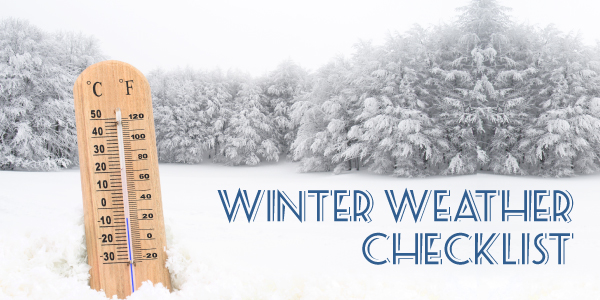The holidays are just around the corner, and it’s time to start thinking about what gifts to buy your loved ones. The holiday shopping season is a fun-filled time, but it presents risks since there are so many transactions taking place and more opportunities for identity theft to occur.
Did you know that according to the Bureau of Justice Statistics, an estimated 17.6 million persons, or about 7 percent of U.S. residents age 16 or older, are victims of at least one incident of identity theft every year?
The most common type of identity theft is the unauthorized misuse or attempted misuse of an existing account—experienced by 16.4 million persons. Most identity theft victims discovered the incident when a financial institution contacted them about suspicious activity (45 percent) or when they noticed fraudulent charges on an account (18 percent).
Two-thirds of identity theft victims reported a direct financial loss. And of those that experienced losses, approximately 14 percent lost $1,000 or more. With that information in mind, we have put together a list of 10 tips to avoid identity theft during this busy shopping season.
Be Wary of Contests
Many online contests promising large prizes could be scams, such as sources of computer viruses that will try to hijack your information.
Change Your Passwords
Have you had the same password for the last five years? It’s time to change it up. Create a long and complicated password and doesn’t reference any of your personal information like your birthday. Stay away from using coherent phrases by breaking up words with exclamation points and other symbols, and of course, don’t use the typical “password” or “1111.” It’s also crucial that you use a different password for each account. If you need help with this, try using a password vault instead of trying to memorize them all yourself.
Check Websites
Make sure that the websites you’re using are secure. To lessen your chances of becoming a victim of credit card theft, only enter your credit card information on sites with URLs beginning with “HTTPS.” The “S” in the address stands for “secure” and lets you know that your connection to the site is less likely to be overseen by hackers. This is especially important whenever you enter sensitive information, such as credit card or Social Security numbers.
Check Your Credit Score
As the end of the year approaches, take a look at your credit report to check for inaccuracies as well as monitor your credit score. Every person can receive one free report from each of the three credit bureaus.
Cover Up
Shield your credit card and PIN from view when making transactions so that thieves can’t steal your numbers by looking over your shoulder.
Don’t Trust Public WiFi.
It’s tempting to do your online shopping at Starbucks, but you shouldn’t trust public WiFi networks to protect your identity.
Email with Care
Don’t submit personal information via email, even if it’s for a reputable organization.
Only Use One Credit Card
Shopping online is a very efficient way to get every item on your list checked off, but consider ways to practice internet safety. For instance, designate one credit card for online shopping purposes instead of using multiple ones across different sites.
Take it with You
Identity theft doesn’t only happen over the internet. The police also advise against leaving items in the car as you go shopping. If someone breaks into your vehicle, they could steal something that reveals your identity and puts your information at risk.

